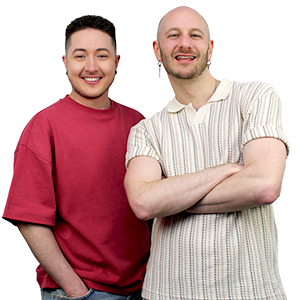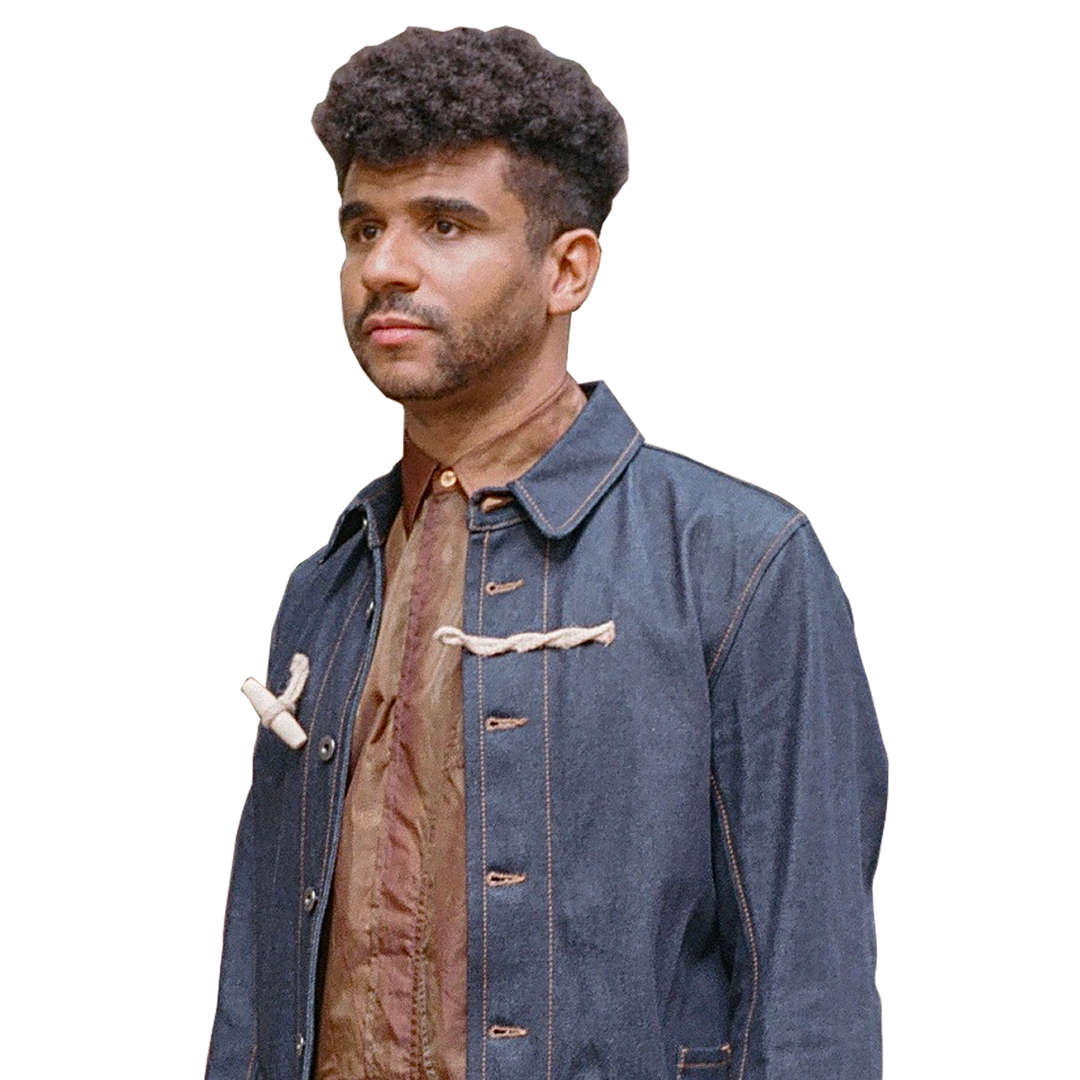Did you know there's a critical product - one without which we'd all be dead - which Europe is actually importing more of from Russia now than before the invasion of Ukraine?
It might feel a bit pointless, given how much chat there is right now about the end of the Ukraine war, to spend a moment talking about economic sanctions and how much of a difference they actually made to the course of the war.
After all, financial markets are already beginning to price in the possibility of a peace deal between Russia and Ukraine. Wholesale gas prices - the ones which change every day in financial markets as opposed to the ones you pay at home - have fallen quite sharply in the past couple of weeks. European month-ahead gas prices are down 22% in the past fortnight alone. And - a rare piece of good news - if that persists it should eventually feed into utility bills, which are due to rise in April, mostly because they reflect where prices used to be, as opposed to where they are now.
But it's nonetheless worth pondering sanctions, if for no other reason than they have almost certainly influenced the course of the war. When it broke out, we were told that economic sanctions would undermine Russia's economy, making it far harder for Vladimir Putin to wage war. We were told that Russia would suffer on at least four fronts - it would no longer be able to buy European goods, it would no longer be able to sell its products in Europe, it would face the seizure of its foreign assets and its leading figures would face penalties too.
The problem, however, is that there has been an enormous gap between the promise and the delivery on sanctions. European goods still flow in large quantities to Russia, only via the backdoor, through Caucasus and Central Asian states instead of directly. Russian oil still flows out around the world, though sanctions have arguably reduced prices somewhat.
The upshot is Russia has still been able to depend on billions of euros of revenue from Europe, with which it has been able to spend billions of euros on components sourced, indirectly, from Europe. Its ability to wage war does not seem to have been curtailed half as much as was promised back in 2022. That in turn has undoubtedly had an impact on Russia's success on the battlefield. The eventual peace deal is, at least to some extent, a consequence of these leaky sanctions, and of Europe's reluctance to wage economic war, as opposed to just talking about it.
A stark example is to be found when you dig deeper into what's actually happened here. On the face of it, one area of success for sanctions is to be seen in Europe's gas imports. Back before the conflict, around half of all the EU's imported gas came from Russia. Today that's down to around 20%.
But now consider what that gas was typically used for. Much of it was used to heat peoples' homes - and with less of it around, prices have gone sharply higher - as we are all experiencing. But the second biggest chunk of usage was in the industrial sector, where it was used to fire up factories and as a feedstock for the chemicals industry. And that brings us back to the mystery product Europe is now importing more of than before the invasion.
One of the main chemicals produced from gas is ammonia, a nitrogen-based chemical mostly used in fertilisers. Ammonia is incredibly important - without it, we wouldn't be able to feed around half of the population. And since gas prices rose sharply, Europe has struggled to produce ammonia domestically, turning off its plants and relying instead on imports.
Read more:
Payments watchdog could be abolished in PM's purge of regulators
Russian oligarchs with links to Kremlin face UK ban under new sanctions
Which raises a question: where have most of those imports come from? Well, in the UK, which has imposed a clear ban on Russian chemical imports, they have come mostly from the US. But in Europe, they are mostly coming from Russia. Indeed, according to our analysis of European trade data, flows of nitrogen fertilisers from Russia have actually increased since the invasion of Ukraine. More specifically, in the two-year pre-pandemic period from 2018 to 2019, Europe imported 4.6 million tonnes, while the amount imported from Russia in 2023-24 was 4.9 million tonnes.
It raises a deeper concern: instead of weaning itself off Russian imports, did Europe end up shifting its dependence from one category of import (gas) to another (fertiliser)? The short answer, having looked at the trade data, is a pretty clear yes.
Something to bear in mind, next time you hear a European leader lecturing others around the world about their relations with Russia.

(c) Sky News 2025: Sanctions against Russia have changed what Europe imports, but it's still worth billions to Pu

 Macron says Ukraine ceasefire 'must not mean surrender' - as Trump claims Russia wants 'to end this war'
Macron says Ukraine ceasefire 'must not mean surrender' - as Trump claims Russia wants 'to end this war'
 Boris Johnson hits out at Donald Trump's 'ghastly' comments to Ukraine President Volodymyr Zelenskyy
Boris Johnson hits out at Donald Trump's 'ghastly' comments to Ukraine President Volodymyr Zelenskyy
 Pope Francis 'resumes some work' after 'slight improvement' in health, Vatican says
Pope Francis 'resumes some work' after 'slight improvement' in health, Vatican says
 Care providers warn system is 'at breaking point'
Care providers warn system is 'at breaking point'
 Roberta Flack dies aged 88
Roberta Flack dies aged 88
 The battle for Sudan's capital has ravaged bodies and minds and left the city a ruin
The battle for Sudan's capital has ravaged bodies and minds and left the city a ruin







